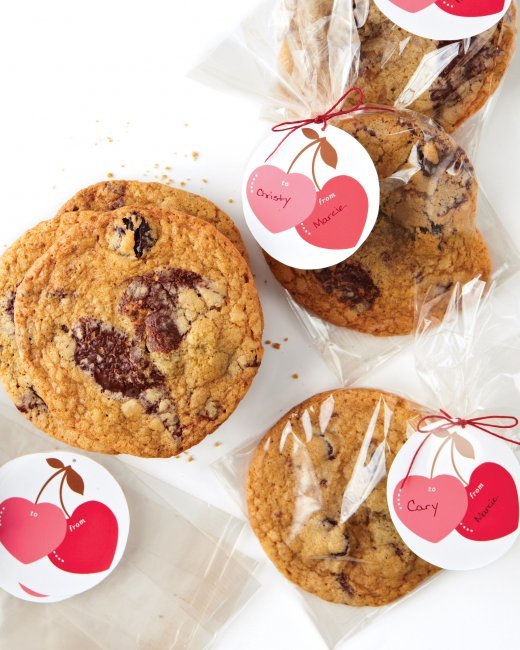On The Trail To Preserve Appalachia's Bounty Of Heirloom Crops
Joyce Park stashed this in Food
Stashed in: Awesome, Plants!, For Milo, Yum, Virginia, Recipes!, History, Botany
What a beautiful corn! Wish I could taste the cornbread...
What makes the corn beautiful -- the color or the shape / size of the kernels?
I had to give up my e-mail and physical address for this recipe!
Serves 6 to 8
We prefer to use a well-seasoned cast-iron skillet in this recipe, but an ovensafe 10-inch skillet can be used in its place. Alternatively, in step 4 you can add 1 tablespoon of butter to a 9-inch cake pan and place it in the oven until the butter melts, about 3 minutes.
INGREDIENTS
1 1/3cups (6 2/3 ounces) stone-ground cornmeal
1 cup (5 ounces) all-purpose flour
2 tablespoons sugar
1 1/2 teaspoons baking powder
1/4 teaspoon baking soda
1 1/4 teaspoons salt
3 ears corn, kernels cut from cobs (2 1/4 cups)
6 tablespoons unsalted butter, cut into 6 pieces
1 cup buttermilk
2 large eggs plus 1 large yolk
INSTRUCTIONS
1. Adjust oven rack to middle position and heat oven to 400 degrees. Whisk cornmeal, flour, sugar, baking powder, baking soda, and salt together in large bowl.
2. Process corn kernels in blender until very smooth, about 2 minutes. Transfer puree to medium saucepan (you should have about 1½ cups). Cook puree over medium heat, stirring constantly, until very thick and deep yellow (or purple!!) and it measures 3/4 cup, 5 to 8 minutes.
3. Remove pan from heat. Add 5 tablespoons butter and whisk until melted and incorporated. Add buttermilk and whisk until incorporated. Add eggs and yolk and whisk until incorporated. Transfer corn mixture to bowl with cornmeal mixture and, using rubber spatula, fold together until just combined.
4. Melt remaining 1 tablespoon butter in 10-inch cast-iron skillet over medium heat. Scrape batter into skillet and spread into even layer. Bake until top is golden brown and toothpick inserted in center comes out clean, 23 to 28 minutes. Let cool on wire rack for 5 minutes. Remove cornbread from skillet and let cool for 20 minutes before cutting into wedges and serving.
I wonder if the cornbread will be pink.
Thank you for sacrificing your email address so the rest of us could enjoy it. Wow!
My pleasure!
The NSA is going to be all over that search.
Because Yellow Cake.
I love botany, I love history, I love this story:
The heritage seeds central to this "agrobiodiversity" have been passed down through generations of families. In many cases, the seeds date back hundreds of years to when Native Americans were cultivating seeds from woodland plants like pawpaws. Other crops like corn traveled to Appalachia from southern Mexico via the Southwest U.S.
Veteto is part of a growing number of seed savers who are helping revive heritage fruits and vegetables that are on the brink of extinction. And he says that most of the dedicated seed savers in Appalachia are aging, so there isn't much time left to help farmers keep cultivating these valuable antique seeds.
One heirloom seed that has been seeing an increase in popularity in West Virginia is a local species of Bloody Butcher Corn. Edgar Meadows, 93, is one saver of seeds of the corn that have been in his family for at least five generations in West Virginia. The name Bloody Butcher refers to the flecks of red mixed onto the white kernels — like a butcher's apron, Meadows says.
Amaizing!














11:56 AM Nov 03 2014